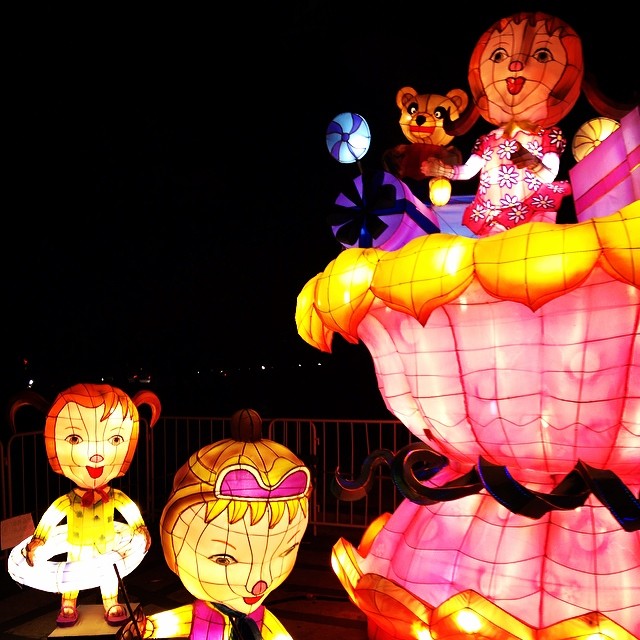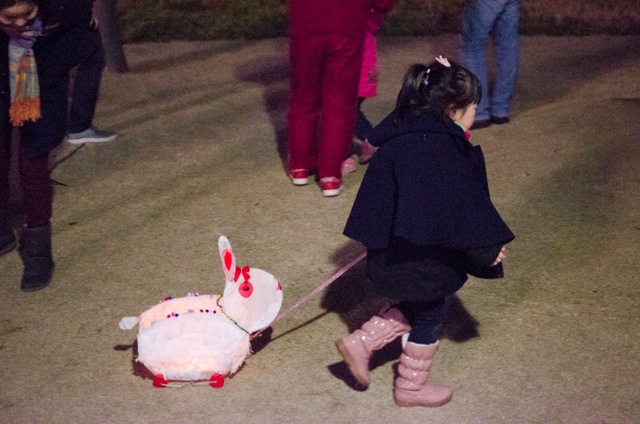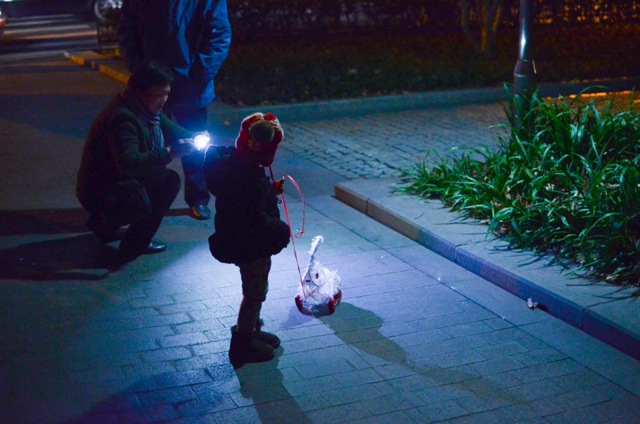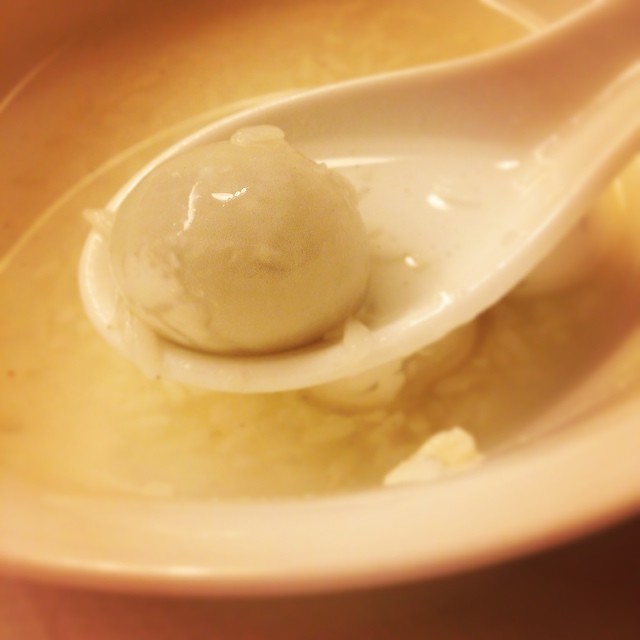The day's main activity is watching lanterns. Throughout the Han Dynasty, Buddhism flourished in China. The legend goes that an emperor heard how Buddhist monks would watch sarira, or the remains from the cremation of Buddha's body, and light lanterns to worship Buddha on the 15th day of the first lunar month. The emperor ordered lanterns to be lit in the imperial palace and temples to show respect to Buddha on this day. Later, the Buddhist rite developed into a grand festival and expanded to the whole of China.
During the Lantern Festival, lanterns of various shapes and sizes are displayed in the streets, parks and temples. Children will hold self-made or bought lanterns and solve riddles on the lanterns. In ancient times, the lanterns were fairly simple, and only the emperor and noblemen had large ornate ones. In modern times, lanterns have been embellished with many complex designs. For example, lanterns are now often made in the shape of animals or are red to symbolize good fortune.
Matthew and I decided to partake in the Lantern Festival near our apartment in Xujiahui Park. The park was crowded with people looking at the large lantern displays, as well as children carrying their personal lanterns.
After wandering through the crowds, we made our way back to the apartment for a bowl of tāng yuán, small dumpling balls made of glutinous rice flour filled with rose petals, sesame, bean paste, jujube paste, walnuts, dried fruit, or sugar. Tāng yuán in Chinese has a similar pronunciation with tuán yuán, meaning reunion. So people eat them to denote union, harmony and happiness for the family for the next year.
Or you just eat them because they taste good.





Oh, how I wish I could see this festival!!
ReplyDelete